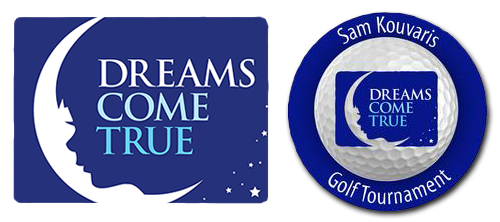Spurrier Quits
On the day he was named Head Coach of the Washington Redskins two years ago, Steve Spurrier was coy with the press, saying he didn’t expect to work as hard as some of the other coaches (he named Jim Haslett as one) and he didn’t expect any surprises in the NFL. “Football is football,” Spurrier said that day, “we’ll pitch it around and see what happens.”
Two years later, the Redskins franchise is in disarray, Spurrier has resigned and Dan Snyder will look for his fifth head coach since buying the team. Not all of the Redskins problems can be blamed on Spurrier, but many can be traced to a single personality trait that he possesses: he tries his best all of the time until the battle seems lost.
Spurrier has been successful at everything in life, save for professional football. And the one thing in pro football that differs from college football and just about everything else is that the players aren’t always playing at the top of their game. Sometimes they’re on, sometimes, as the saying goes, not so much. That never got into Spurrier’s head, and consequently he kept running into the same wall, banging his head and bouncing back to the same spot.
There’s lots of talk about discipline problems on the Redskins, and Spurrier admitted in a meeting with Dan Snyder on Sunday as much. Again, Spurrier’s refusal to put an emphasis on small details that he considers a grown man’s domain got him in trouble. He suspended a couple of players at the end of the season, but it was too late. NFL players are young guys with lots of money and tons of time. If left to their own devices the “wanderers” on a team will do just that, wander. The discipline isn’t for guys who know what it’s all about (players like Kyle Brady, Maurice Williams, and Fred Taylor to name a few) but rather about those who need to be kicked in line, and there are plenty of them in the league. If they’re running off, they have a negative effect on the whole product. The Redskins seemed to be full of “free spirits” and guys with plenty to say, but there wasn’t enough self policing on the team to be successful.
Washington Post columnist Thomas Boswell wrote earlier this year, “Four groups are running the Redskins; Spurrier, Vinny Cerrato (the GM), Dan Snyder and the last guy who walked by Snyder who said something Snyder thought was smart.” Snyder can’t quite make up his mind what he wants to do with his team. He paid $800 million for the club so he doesn’t think he should surrender running it to somebody else, no matter how much that person might know about football.
There are a select few coaches who will be able to work under Snyder’s reign, but none will get the overall control so many of them want. Spurrier, on the other hand, had the opposite problem. He didn’t want to work with a lot of the things that most coaches want; he just wanted to coach football. He knew taking the job in Washington that they didn’t have the players necessary to run the kind of offense he likes, but figured he could fix that in short order.
Looking back on his success at Duke and at Florida, Spurrier’s system worked with just a few good players running the offense. Whether it was Dave Brown, Shane Matthews, Danny Wuerffel or Rex Grossman, his quarterback was one of the best, if not the best player on the field. In the NFL, the separation between the talents of different positions is very small. And on defense, they’re fast and they’re also good.
Perhaps it would have been a different situation in a different situation. A more talented quarterback, wide receivers who had more speed, a running back who was suited to running and catching the ball and a defense already in place would have been a much better fit for Spurrier. He’s quirky, but he’s also a smart guy who could have success as a coach in the NFL, but I don’t think he’ll try it again. At 58 years old, Spurrier is not interested in coaching forever. Perhaps he’ll be back in the college game in the near future, but not for too long.
I’ll admit I was rooting for Spurrier to be successful. There are too many guys in and around the NFL with their noses up in the air about how great the league is and how nobody can re-invent the wheel when it comes to success. A lot of those guys will come out of the woodwork to rip Spurrier (just read Merrill Hodge’s column on espn.com) but that’s the nature of the league and the hangers-on that surround it. It’s full of self-importance and those people don’t take well to interlopers.
There is a certain amount of truth to the notion that certain things win in the league and other things don’t. Given another shot, even Spurrier would do things differently. But I don’t think he’s too interested.


